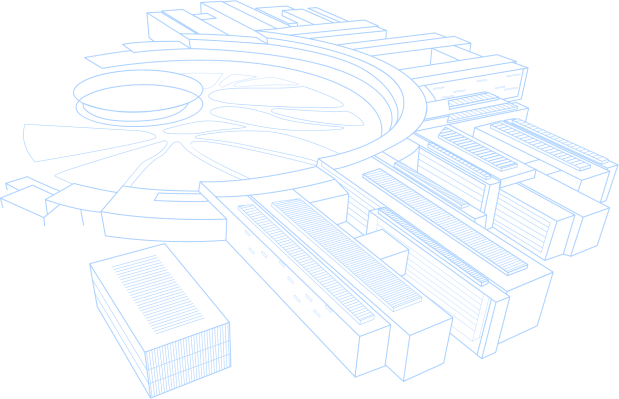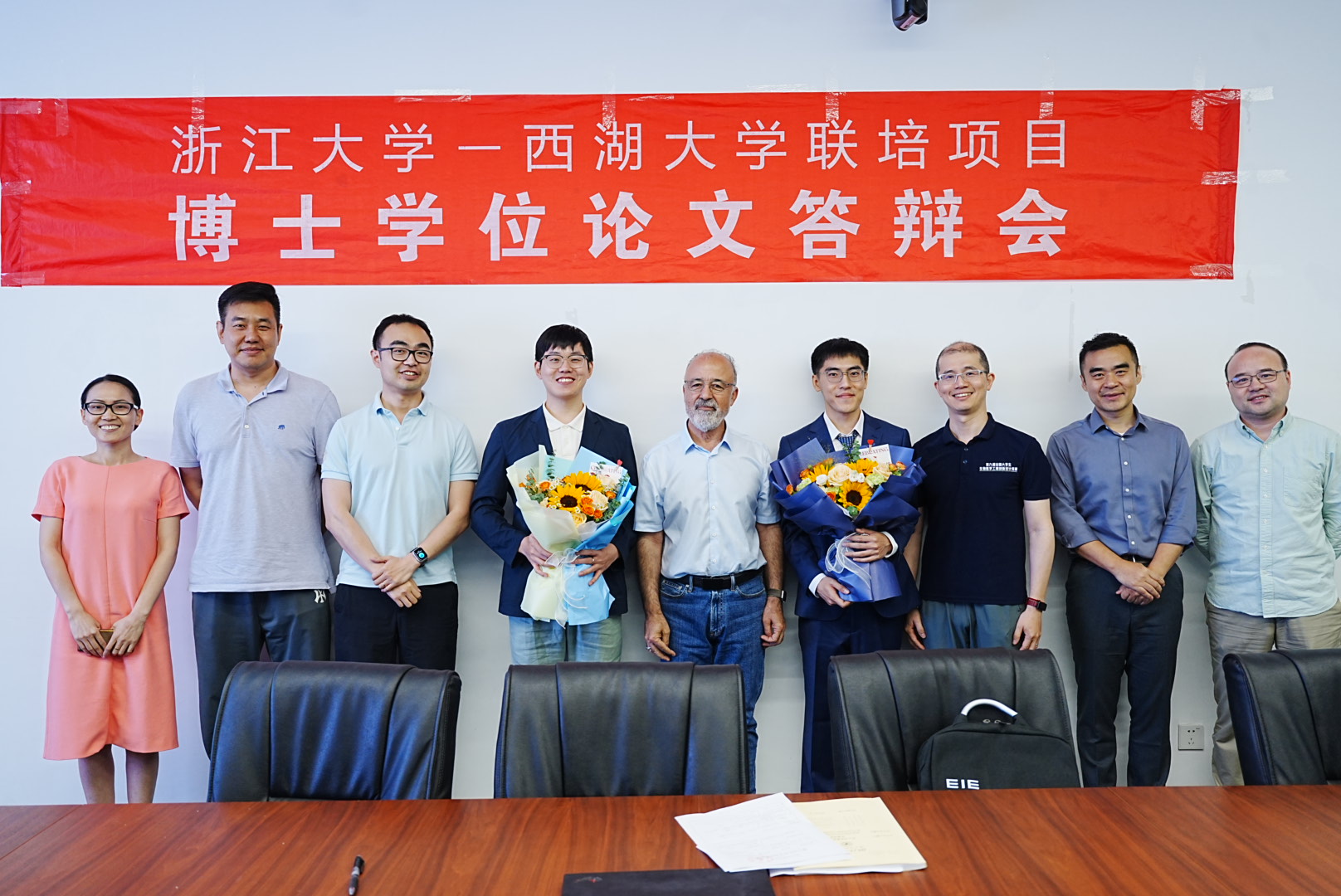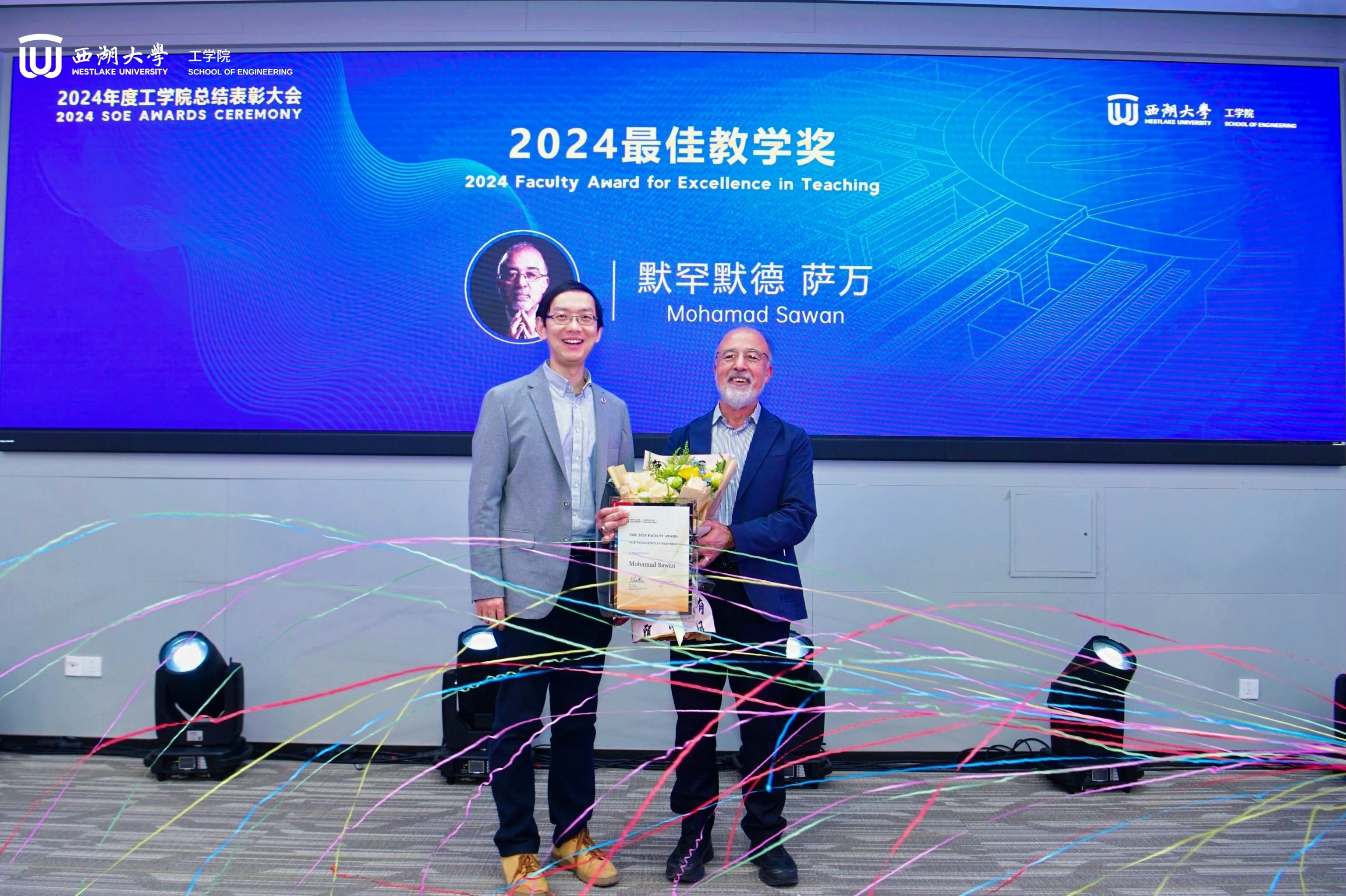Organoids-on-chip, introduced in 2019, represents the cutting-edge integration of organoid and organ-on-chip technologies. By leveraging the biological fidelity of organoids, and the controllability and standardization of organ-on-chip microsystems, this approach can create highly accurate physiological models that replicate interdependent organ functions. Organoids-on-chip simulate individual organs and mimic the interactions between multiple organs, offering a more holistic representation of the human body. This enables deeper insights into human responses to drugs and external stimuli, thereby pushing the boundaries of biomimicry in biological systems. This innovation enables the investigation of disease mechanisms, evaluation of drug efficacy and toxicity, and the exploration of personalized treatment strategies in a manner that is more physiologically relevant and cost-effective than single disease models. For example, brain organoids-on-chip, which combine brain organoid culture technology and microfluidic chip technology, is a powerful tool in neuroscience research. This integration enables the simulation of complex biological processes and enhances the repeatability and predictability of experiments, thus providing unique advantages in disease modeling and drug screening.
A recent contribution from the CenBRAIN Neurotech, published in the Journal of Pharmaceutical Analysis.In this review paper, we summarize the historical developments, recent advancements, limitations, and prospects of brain organoid-on-chip technology, aiming to illuminate the transformative potential of this platform in advancing our understanding and treatment of neural diseases. A postdoctoral fellow Hongyong Zhang from our center is the first author of this work, Dr. Mohamad Sawan and Dr. Sumin Bian are the corresponding author.
Abstract:
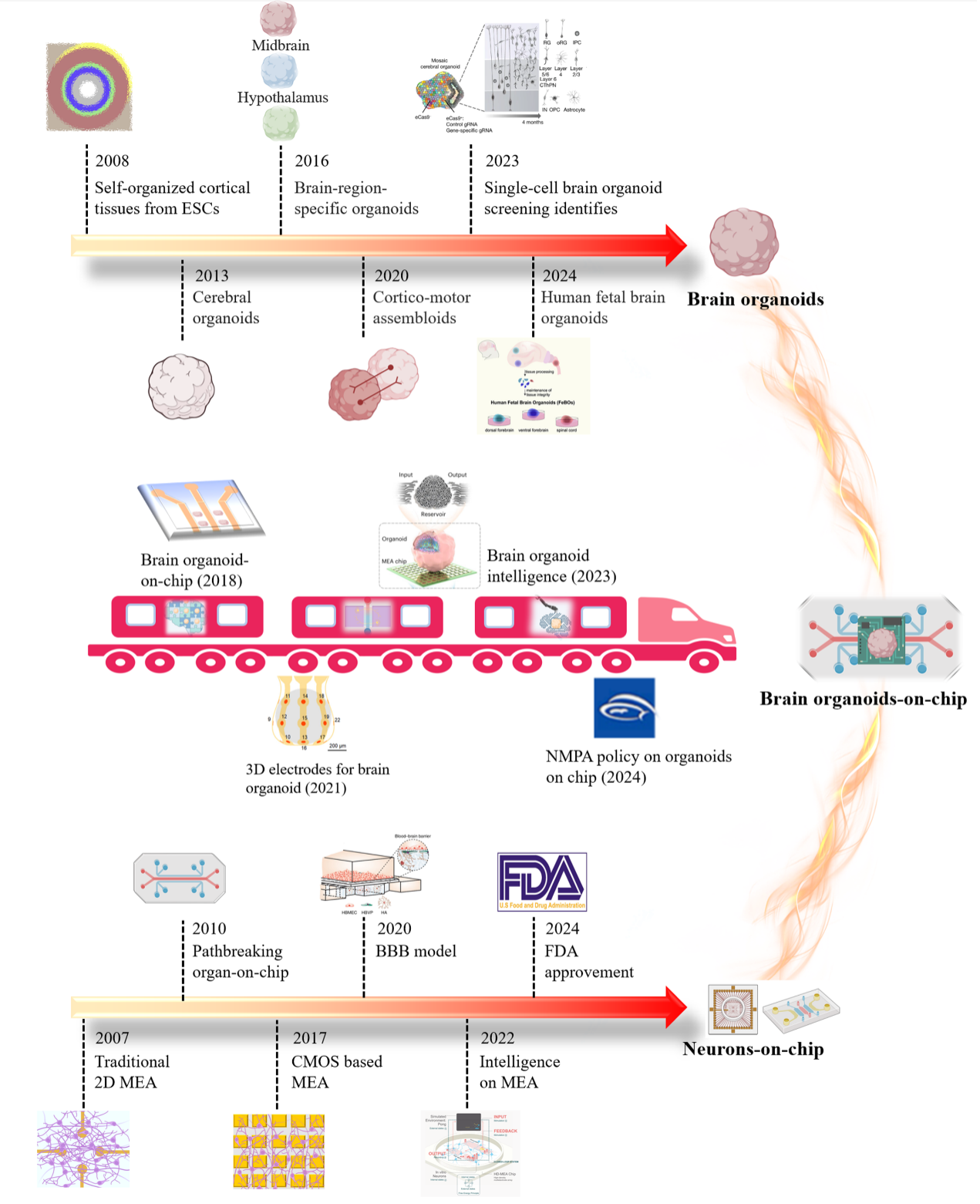
Fig.1. History development of brain organoids, neurons-on-chip, and brain-organoids-on-chip.
图1. 脑类器官、神经芯片和脑类器官芯片的发展史。
This review provides a systematic introduction to the emerging "brain organoid-on-a-chip" technology. By integrating the high biological fidelity of brain organoids with the precise controllability of microfluidic chips, this platform successfully constructs advanced in vitro models capable of highly simulating the complex microenvironment of the human brain.
The article outlines the technological evolution in this field: from early two-dimensional neuronal models to three-dimensional brain organoids, and further to the current cutting-edge "quad-culture chip" systems that enable multi-organ interactions. It highlights the core advantages of brain organoid-on-a-chip technology in elucidating neural development mechanisms, establishing accurate disease models, and improving the efficiency of drug screening, while also objectively assessing the challenges faced by existing technologies.
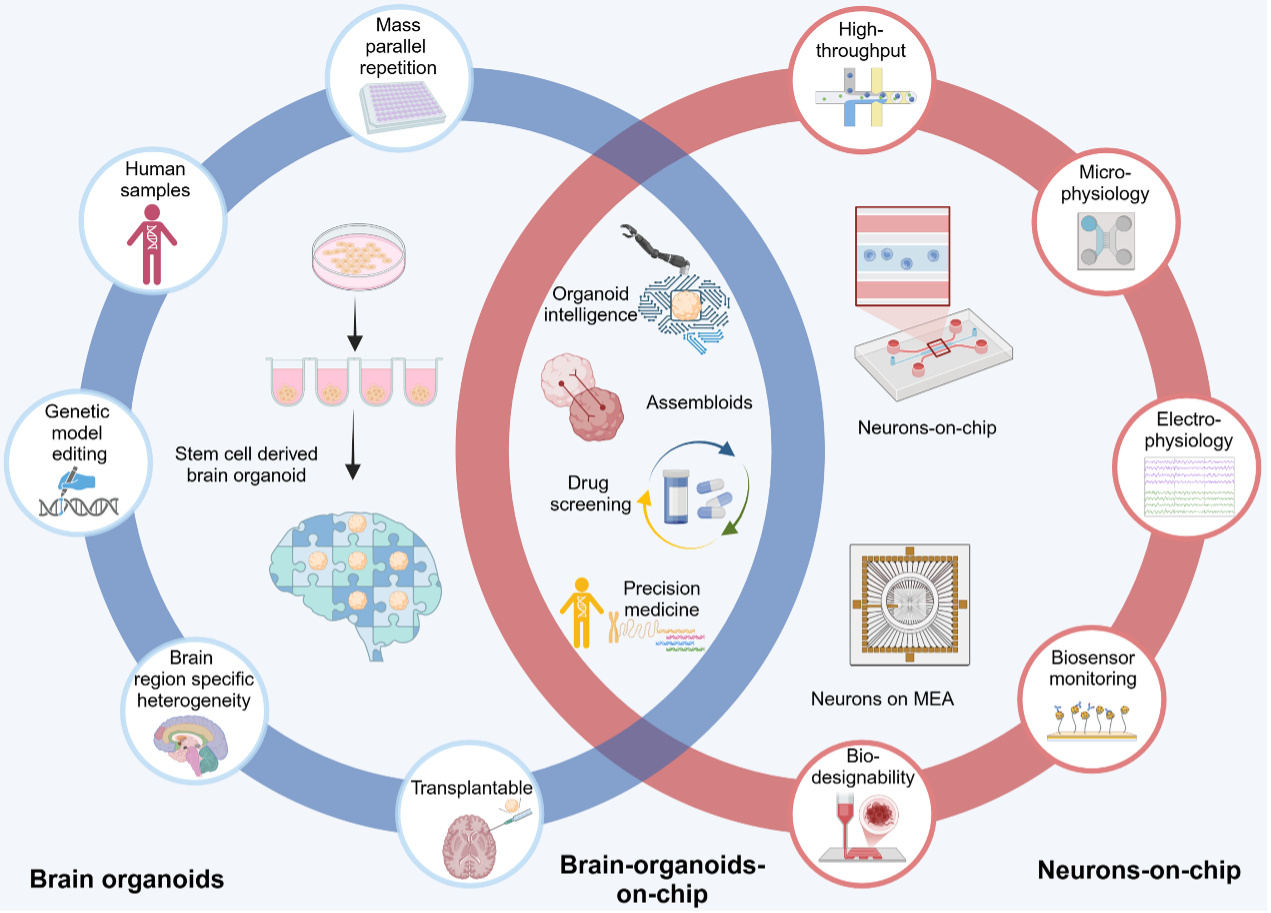
Fig. 2. Advances of brain organoids, neurons-on-chip, and brain-organoids-on-chip.
图2. 脑类器官、神经芯片和脑类器官芯片的优势。
With continuous technological breakthroughs, organ-on-a-chip systems are progressing from "single-organ simulation" toward "human system-level emulation." In the future, we may witness multi-organ chip systems integrating heart, liver, and brain, capable of replicating the complete metabolic journey of drugs within the human body in the laboratory, fundamentally reshaping the rules of new drug development. This technology not only holds the potential to resolve the ethical controversies surrounding animal testing but may also usher in a new era of precision medicine centered on the "human-on-a-chip" concept.
Reference:
Hongyong Zhang, Nan Huang, Sumin Bian, Mohamad Sawan. Brain organoids-on-chip for neural diseases modeling: History, challenges and trends. Journal of Pharmaceutical Analysis. (2025) doi: 10.1016/j.jpha.2025.101323
More information can be found at the following link:
https://jpa.xjtu.edu.cn/en/article/doi/10.1016/j.jpha.2025.101323


